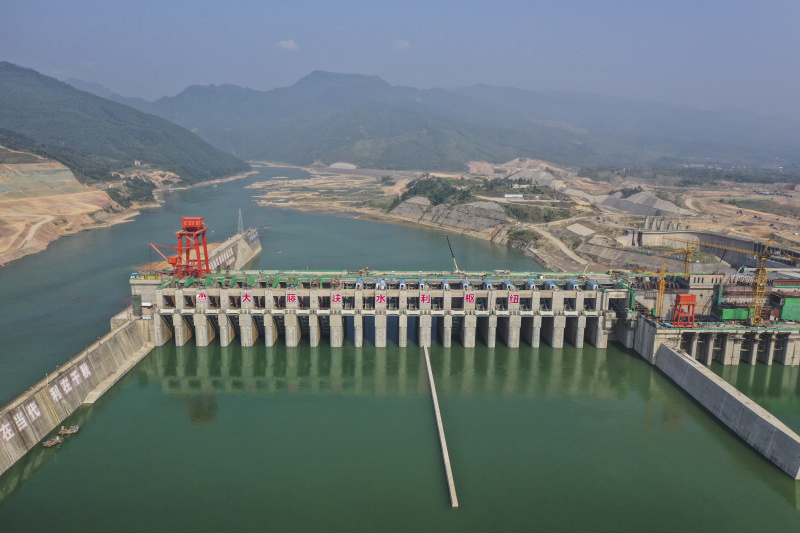Financing water conservancy to weather crises


Premier Li Keqiang recently presided over an executive meeting of the State Council, China's Cabinet, during which 150 key water conservancy projects were planned for 2020-22 to strengthen the country's water security guarantee capacity.
At a regular State Council policy briefing on Monday, officials said the 150 water conservancy projects have a total investment of 1.29 trillion yuan ($184.5 billion) and are expected to drive another direct and indirect investment of 6.6 trillion yuan. It is estimated that the floodwater storage capacity will increase by about 9 billion cubic meters after these projects are implemented. As early as May 2014, the State Council planned the construction of 172 major water conservancy projects in stages, and 146 of them have so far been started, with an investment exceeding 1 trillion yuan.
Flood disasters across the country this year have heightened public concern about the capacity of the existing water conservancy projects. Considering that China's water resources are unevenly distributed and insufficient compared with its population size, the planned 150 major water conservancy projects mainly focus on flood control and disaster mitigation, optimized allocation of water, economical water irrigation and water supply, smart water conservation, and protection and restoration of water sources. These are expected to promote and expand efficient investment and strengthen the country's capacity to prevent floods and droughts.
They are also expected to generate 800,000 new jobs a year. So far, the National Development and Reform Commission has allocated 52.8 billion yuan from the central fund to accelerate these projects, but these funds are far from enough. Therefore, it is necessary to deepen reform of the country's water conservancy investment and financing system to attract social capital.
Major water conservancy projects are basically funded by the government because they largely belong to public welfare facilities with huge investment, long return cycles and low operating incomes. However, some of them also have operational incomes such as power generation and water supply projects, so there are possibilities for them to be constructed through market financing.
The central government promulgated a document in December 2010, encouraging qualified local government financing platforms, through direct and indirect financing means, to broaden water conservancy investment and financing channels and attract the participation of social capital to actively yet prudently promote marketized financing for water conservancy projects.
The key to market-oriented financing is to help participating enterprises gain reasonable and stable returns. For those projects that cannot be fully operated, the central and local governments should inject some capital or grant investment subsidies to them to promote social investment subjects to get returns commensurate with their invested capital.































